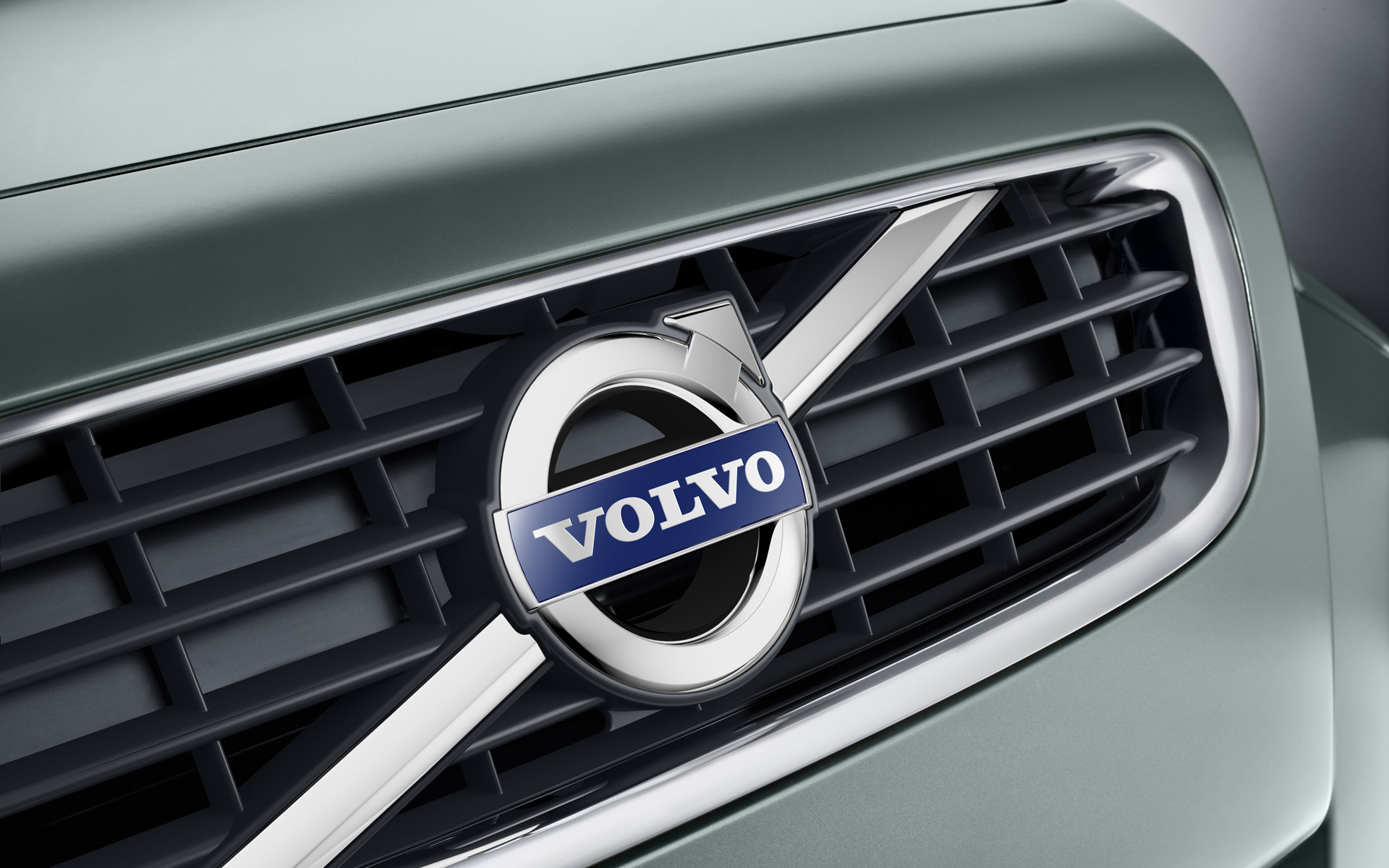Volvo resumes trucks production in Iran

By Sara Rajabova
Following the influx of foreign companies to Iran as a result of the Lausanne framework nuclear agreement, Swedish Volvo Trucks Corporation was reported to have resumed its activity in the Islamic Republic.
After four years of absence from the Iranian market due to international, Volvo Trucks Corporation has resumed its production of heavy trucks in the country.
The company marked its return by opening a production line for a new generation of Volvo FH trucks at Saipa Diesel west of Tehran, Press TV reported.
It includes the production of Globetrotter High cab vehicles, with a 500 horsepower engine compliant with Euro 4 emissions standards.
Za’far Tanhapour, CEO of Saipa said at the inauguration ceremony that the engine is also provisioned with the option to upgrade to Euro 6.
The absence of European car-makers in the Iranian auto market marked the introduction of Chinese vehicles which have become the subject of criticism for poor quality. China’s Howo trucks in Iran have become synonymous with death and its mere sight on the road is enough to send shudders down the spine of travelers.
Earlier, Iranian officials warned that the Chinese car producers are seizing Iran’s car market. The Chinese made their forays after Europeans pulled out of Iran in the wake of intensified sanctions in 2011. They began with supplying semi-heavy and heavy trucks and passenger vehicles.
Tanhapour further said intensified sanctions forced his company to sever ties with Volvo and look for a replacement in Chinese products, which involved the sales of 5,300 commercial vehicles.
He went on to say that Chinese vehicles possess about 80 percent of European products in quality but that their prices are lower.
As many as 137,000 commercial vehicles are currently plying Iran’s roads, of which 67,000 need to be replaced with new ones, Tanhapour said.
He also added that Saipa Diesel is in talks with several reputable companies, including Mercedes Benz and Renault Trucks.
Tanhapour said the signing of a joint venture agreement with Benz for production of light, heavy and trailer trucks as well as buses and minibuses is in the work, further adding that this reputable company has taken some steps for production of electric buses in Iran.
Iran’s auto industry, which is seen as the country’s biggest non-oil sector, is one of the most appealing sectors for foreign investments, should financial sanctions on the Islamic Republic be lifted.
The European car-makers are striving to resume their activities in Iran as soon as all sanctions are removed. French companies which were forced to leave Iran’s huge market in 2012 amid Western sanctions have said to be willing to return to the country, once a final nuclear deal is inked.
French giant automaker Peugeot it has been reported will form a joint venture with the country's leading car manufacturer, Iran Khodro in the near future.
The automobile industry accounts for nearly 10 percent of Iran’s gross domestic product. Latest data show that Iran ranks 18th on the list of the world’s top auto manufacturers.
Iran Khodro and Saipa companies account for more than 90 percent of the total domestic production in Iran. Other figures show the country also relies heavily on imports. Iran imported 102,000 cars during the last Persian calendar year (ended March 20, 2015,) showing a 31 percent year-on-year increase.
--
Sara Rajabova is AzerNews’ staff journalist, follow her on
Twitter: @SaraRajabova
Follow us on Twitter @AzerNewsAz
Here we are to serve you with news right now. It does not cost much, but worth your attention.
Choose to support open, independent, quality journalism and subscribe on a monthly basis.
By subscribing to our online newspaper, you can have full digital access to all news, analysis, and much more.
You can also follow AzerNEWS on Twitter @AzerNewsAz or Facebook @AzerNewsNewspaper
Thank you!
